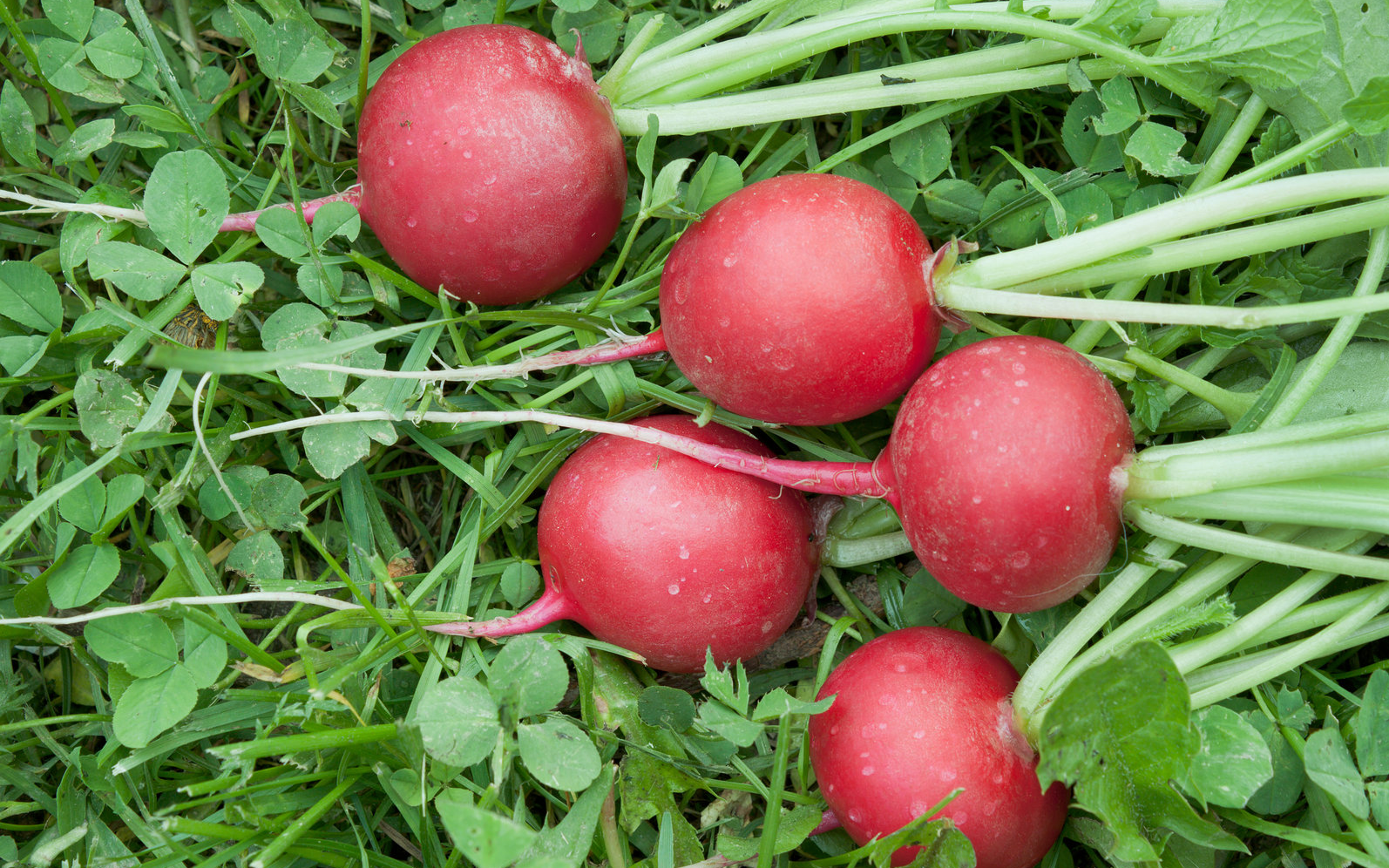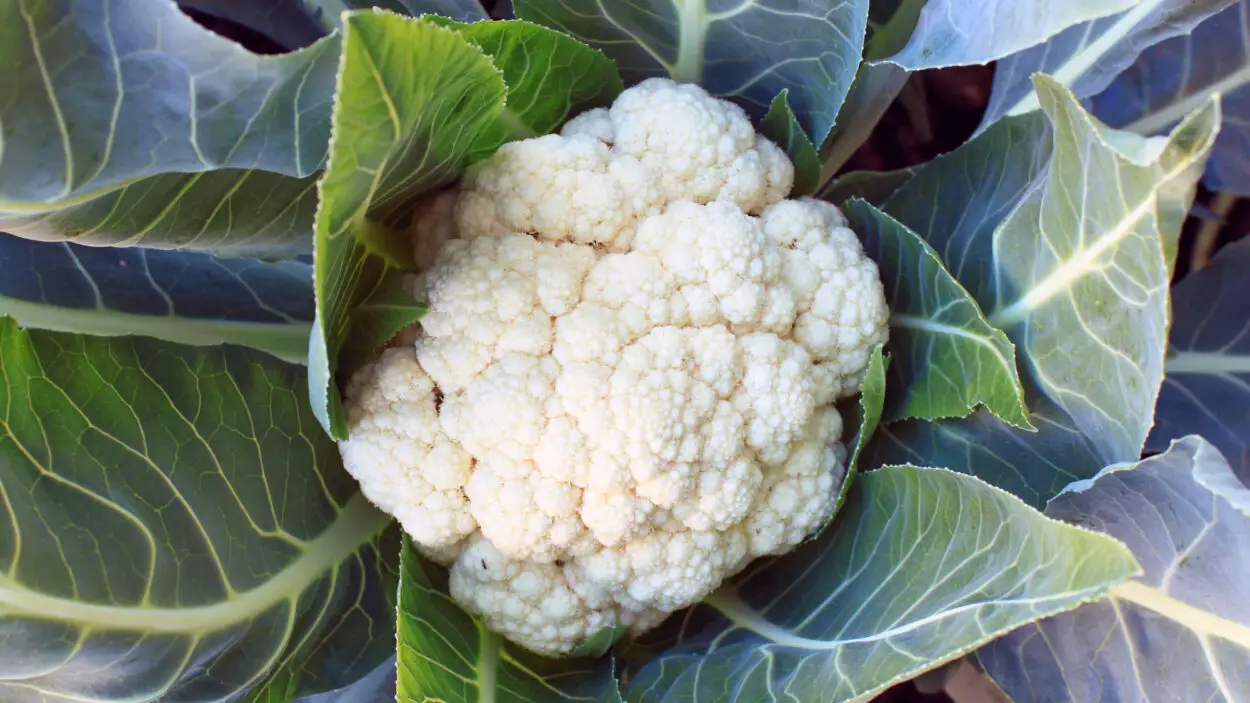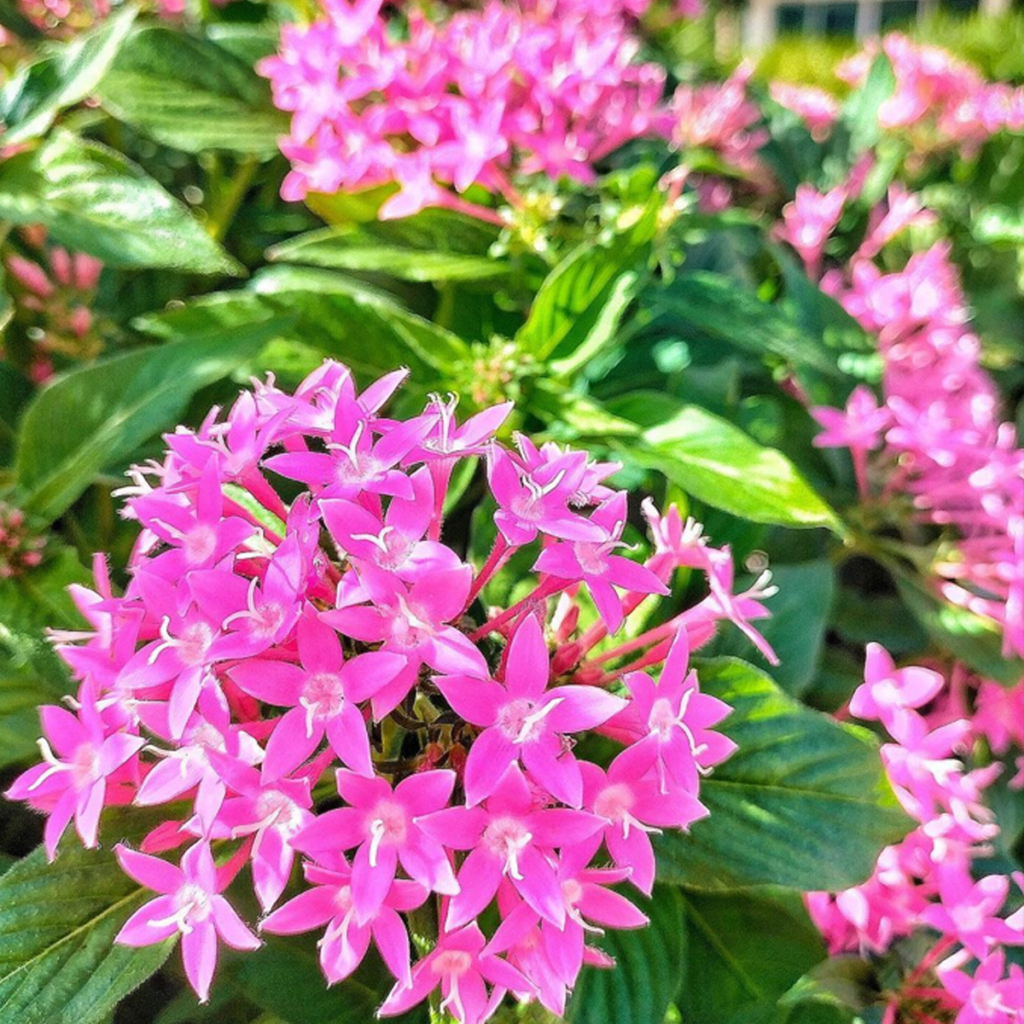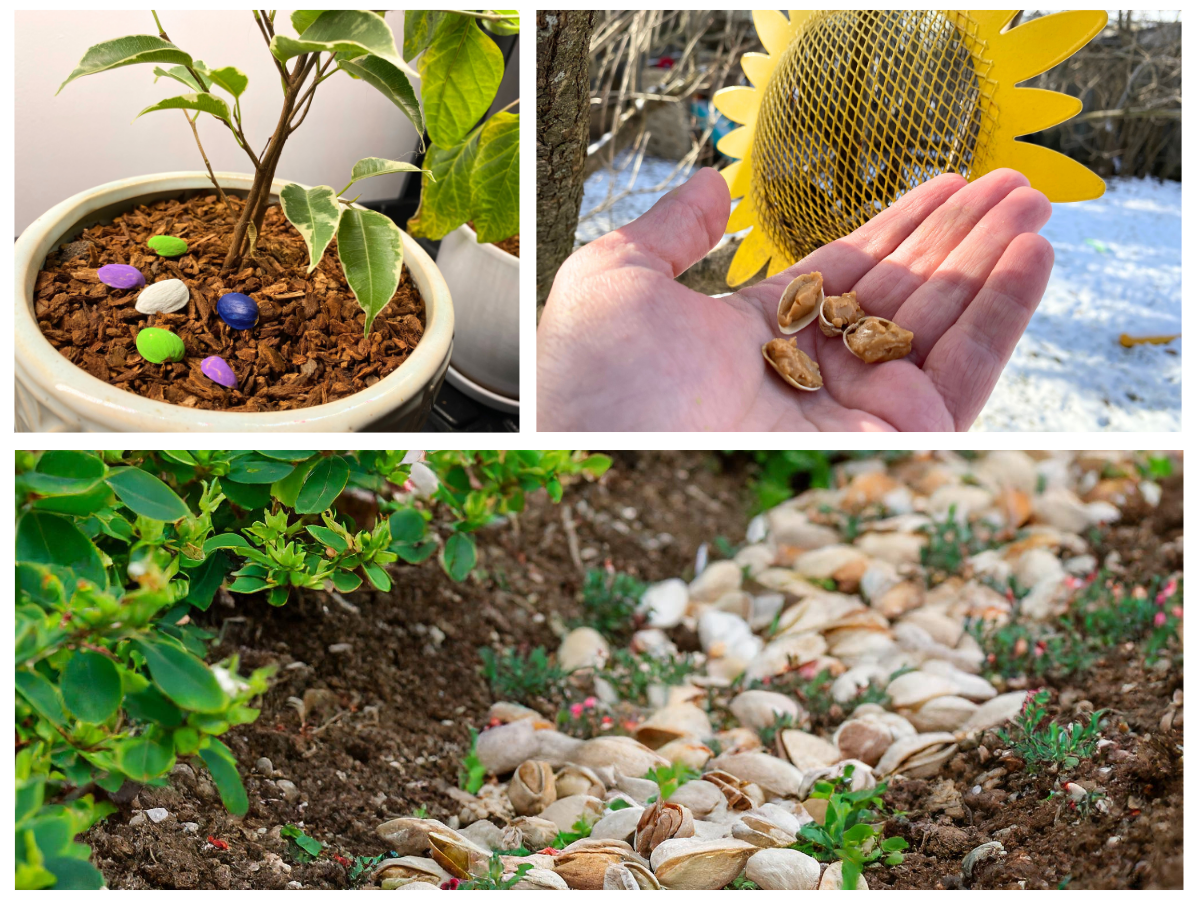The Best Composters From Worm Bins to Tumbler Composters –

Composting is the process of turning organic waste into nutrient-rich soil. Composters are essential for this process, allowing individuals to easily and efficiently create their own compost. This article will discuss composters in detail, including their benefits, the best options to buy, types, and how to use them effectively.

Benefits of Composting
Composting has several benefits, both for the environment and the individual. First and foremost, it helps reduce waste. Organic waste, such as food scraps and yard waste, accounts for a significant portion of household waste. By composting these materials, they can be diverted from landfills and turned into valuable resource.
Composting also helps reduce greenhouse gas emissions. When organic waste is sent to landfills, it breaks down anaerobically, which produces methane, a potent greenhouse gas. Conversely, composting is aerobic, producing carbon dioxide, a much less harmful greenhouse gas.
In addition to its environmental benefits, composting can also improve soil health. Compost is rich in nutrients and can help improve soil structure, water retention, and overall fertility. This, in turn, can lead to healthier plants and higher yields in gardens and farms.
Types of Composters
Several types of composters are available, each with unique features and benefits. The most common types are:
- Bin Composters:
- Bin composters are the most popular type of composter. They come in a variety of sizes and styles, from small countertop models to large outdoor bins. They are typically made of plastic, wood, or metal and feature a lid to keep out pests and moisture. Bin composters are ideal for small to medium-sized households and are relatively easy to use.
- Tumbler Composters:
- Tumbler composters are similar to bin composters, but they have the added benefit of being able to rotate or tumble the contents. This helps mix the materials and speed up the composting process. Tumbler composters are typically made of plastic or metal and come in various sizes.
- Worm Composters:
- Worm composters, also known as vermicomposters, use worms to break down organic waste. They are typically smaller than bin or tumbler composters and are ideal for indoor use. Worm composters are easy to maintain and produce high-quality compost, but they require more attention than other composters.
- In-Ground Composters:
- In-ground composters are installed directly in the ground, making them a good choice for those with limited space. They are typically made of plastic or metal and feature a lid to keep out pests and moisture. In-ground composters are ideal for larger households and can produce a large amount of compost.
Top Choices
Garden Composter Bin Made from Recycled Plastic

Cultivate Your Green Thumb with a Composter
Rendering nutrient-filled soil for your garden can be a challenge for even seasoned gardeners. But with D.F. Omer’s composters, the process is so straightforward that anyone can transform their backyard into a personal paradise.
Resurrect Your Leftovers with a Composter Bin
Limit your waste and save money by adding a composter bin to your backyard. Simply fill your bin with organic waste, use your vitamin-enriched soil from your compost box, and reap the benefits of delicious, home-grown produce.
Made from Premium Recycled Plastic
This composting bin is made from BPA-free recycled plastic to ensure toxins will not take away from valuable vitamins. Plus, the black PP plastic maintains heat and regulates moisture for a shorter composting time.
Aeration Station for Easy Composting
Composting can be an involved process, but D.F. Omer’s composting bins are easy to assemble and simple to use. With a handy and secure lid, keep away pesky critters from your valuable food scraps.
Our Promise: A Well-Designed Compost Kit
Protected by our two-year warranty, you’re guaranteed to receive the most well-designed compost kit on the market. If you have any issues, our dedicated customer support team will be there to assist you in all your horticulture ventures.
FCMP Outdoor IM4000 Dual Chamber Tumbling Composter

Tumbling Composter: Efficient Mixing for Quick Composting
A tumbling composter is a great tool for those who want to avoid digging and mixing their compost pile by hand. Its unique design allows for easy and efficient mixing. Simply close the door and turn it 5-6 times every 2-3 days to mix the compost.
Easy to Use for Beginners
The large openings and removable door make it easy to add scraps and remove finished compost. The deep fins on the body provide excellent ergonomic handholds, making it easy to maneuver.
Two Composter Chambers for Continuous Use
A two-chamber tumbling composter allows for continuous composting. While one side finishes, the other side is available to add fresh scraps. Continuously swapping sides after finishing will create an uninterrupted flow of rich, healthy compost. The total capacity is 37 gallons (5 cu ft).
Durable Construction for Long-lasting Use
The tumbling composter is made of BPA-free, UV-inhibited, 100% post-consumer recycled polypropylene that is contact-safe and will not degrade under direct sunlight. The galvanized steel frame is corrosion-resistant, ensuring long-lasting use.
Made in Canada: A Quality Product
This tumbling composter is proudly made in Canada, ensuring quality construction and materials. It is ideal for those looking for an easy-to-use and efficient composter for their home or garden.
Worm Factory 360 Black US-Made Composting System

Durable and High-Quality Construction
The Worm Factory 360 is made in the USA with durable, high-quality plastic, ensuring long-lasting use. This efficient vermicomposting system houses thousands of worms that can consume several pounds of waste each week.
Compact and Expandable
The standard 4-tray size of the Worm Factory 360 is expandable up to 6 trays when following the directions, giving it the largest volume of any home vermicomposter. Its compact design makes it easy to store and maintain.
Continuous Loop System for Efficient Use
Each tray has a grid bottom for worms to migrate upward as new food is added. As each tray is filled, another is added to the top, creating a continuous loop system. The worms process food waste into fine compost full of nutrients.
Efficient Use of Food Waste
Worms can eat about half their weight in food per day. If you start with 1/2 lb of worms, they can eat a 1/4 lb of food per day. Gradually increase as the size of your community grows. This efficient use of food waste makes the Worm Factory 360 ideal for those who want to reduce waste and create nutrient-rich compost.
5-Year Limited Warranty and Odor-Free Operation
The Worm Factory 360 has a 5-year limited warranty, giving you peace of mind. Its odor-free operation makes it suitable for indoor use, allowing you to create compost year-round. This efficient vermicomposting system is ideal for those who want to reduce waste and sustainably create nutrient-rich compost.
Lomi Smart Waste Kitchen Composter

Quick Clean-Up with Lomi
With Lomi, cleaning up after meals is easy. Simply scrape your plates directly into Lomi and let it do the rest. Click ‘See All Buying Options’ to purchase your Lomi today.
Compact and Efficient Design
Lomi turns food waste into dirt in as little as 4 hours, making it a compact and efficient solution for reducing waste. Its design makes it easy to use and maintain.
Odor Neutralized for a Fresh Home
Garbage cans are full of old food decomposing at room temperature, creating unpleasant odors. With Lomi, you’ll never smell garbage again. Its odor-neutralizing technology ensures a fresh and clean home.
Reduce Your Carbon Footprint
Using Lomi can reduce your weekly garbage by up to 80%, making it an ideal choice for those who want to reduce their carbon footprint and create a more sustainable future.
Create a Waste-Free Future with Lomi
Lomi produces nutrient-rich dirt that you can use for your garden or houseplants, reducing the need for chemical fertilizers. Every Lomi includes your first 45 cycles of filters and pods, making it an easy and convenient solution for reducing waste and creating a more sustainable future.
Greenes Fence Cedar Wood Composter

Organic Gardening Expert Included
With the purchase of this cedar composting system, you’ll receive Organic Gardening Expert Mike McGrath’s ‘Book of Garden Beds & Composting’, providing you with valuable information and tips for successful composting.
Quality Construction for Durability
This composting system is made with rustic, untreated 11/16″- thick cedar boards that simply lock into corner posts without tools, providing a durable and open-bottom frame. This quality construction ensures long-lasting use.
Sustainably Sourced and Built in the USA
The cedar used in this composting system is harvested from managed forests, making it an earth-friendly choice. The chemical-free cedar is also safe for use in your garden. This composting system is built in the USA, ensuring quality construction and materials.
Max Airflow for Efficient Composting
The open design of this composting system provides airflow, helping to rotate waste regularly and speeding up the composting process. This design ensures efficient and effective composting.
Specifications for Convenient Use
This composting system is 2′ W x 6′ L x 31″ H, with boards that are 3.5″ high and spacers that are 1 15/16″ high. The routed corner posts are 2.5″ square, providing a convenient and easy-to-use composting system for your home or garden.
How to Use a Composter
Using a composter is relatively simple but requires some attention and care. Here are the basic steps for using a composter:
- Choose the Right Location:
- The location of your composter is important. It should be in a well-drained area that receives sunlight and is easily accessible. If you have a bin or tumbler composter, it should be placed on a level surface.
- Add Materials:
- Add a mix of green and brown materials to your composter to start composting. Green materials include fruit and vegetable scraps, grass clippings, and coffee grounds. Brown materials include dried leaves, twigs, and newspaper. Adding a mix of both types of materials is important to ensure a balanced compost.
- Add Water:
- Composting requires moisture, so adding water to your composter is important. However, be careful not to add too much water, as this can make the compost too wet and slow down the composting process. Aim for a moisture level similar to that of a damp sponge.
- Mix the Contents:
- If you have a tumbler composter, rotate the contents regularly to mix them. If you have a bin composter, use a pitchfork or compost turner to mix the contents periodically. This helps aerate the compost and speed up the composting process.
- Monitor the Temperature:
- Composting generates heat, and the temperature inside your composter should reach between 120 and 160 degrees Fahrenheit. This helps kill off any harmful bacteria or pathogens in the compost. Use a thermometer to monitor the temperature and adjust the contents if necessary.
- Harvest the Compost:
- After several weeks or months, depending on the type of composter and the materials used, your compost should be ready to use. It should be dark, crumbly, and smell earthy. Use a pitchfork or compost scoop to harvest the compost from your composter and use it in your garden or yard.
Suggested Read: How to Make Beneficial Bacteria for Plants – (organicgardeningcorner.com)
Tips for Successful Composting
Composting can be a straightforward process, but there are some tips to help ensure success:
- Balance Your Materials:
- As mentioned earlier, balancing your green and brown materials is essential to ensure a healthy compost. Aim for a 50:50 ratio of green to brown materials.
- Chop Your Materials:
- Chopping your materials into smaller pieces can help speed up the composting process. This is especially true for tougher materials, such as branches and twigs.
- Add Compost Activators:
- Compost activators, such as manure or compost starter, can help speed up the composting process by introducing beneficial bacteria and microorganisms to the compost.
- Keep Your Composter Moist:
- As mentioned earlier, composting requires moisture. However, be careful not to add too much water, which can slow the composting process.
- Use a Compost Thermometer:
- Using a compost thermometer to monitor the temperature inside your composter can help ensure your compost is healthy and free from harmful bacteria and pathogens.
- Avoid Adding Certain Materials:
- Some materials, including meat, dairy products, and oily or fatty foods, should not be added to your composter. These materials can attract pests and slow down the composting process.
Conclusion
Composting is a simple yet effective way to reduce waste and improve soil health. Composters come in a variety of types and sizes, and choosing the right one for your needs is essential. Following the tips outlined in this article and properly maintaining your composter, you can create high-quality compost that will benefit your garden or yard. Start composting today and enjoy the benefits of this sustainable practice.




